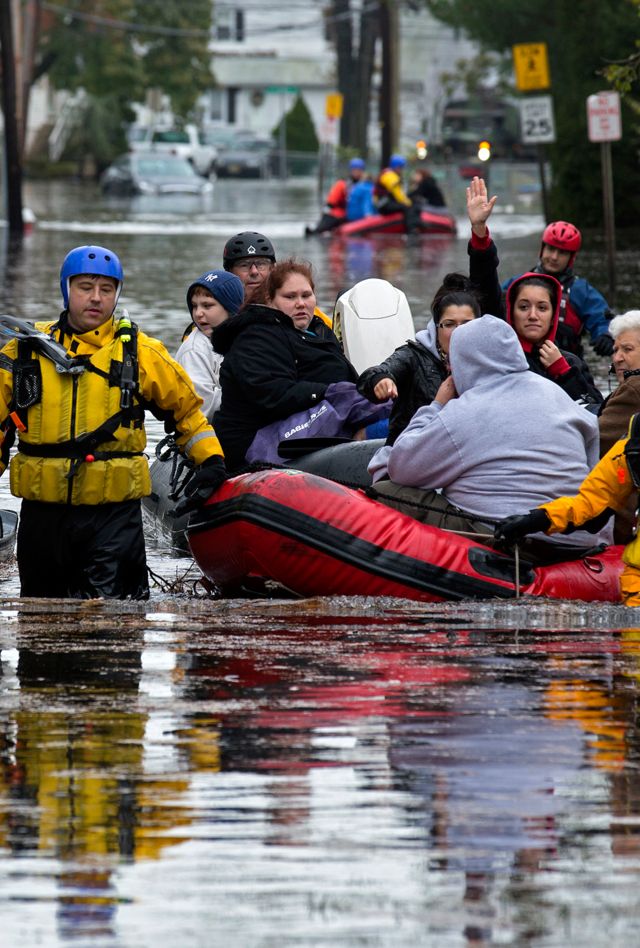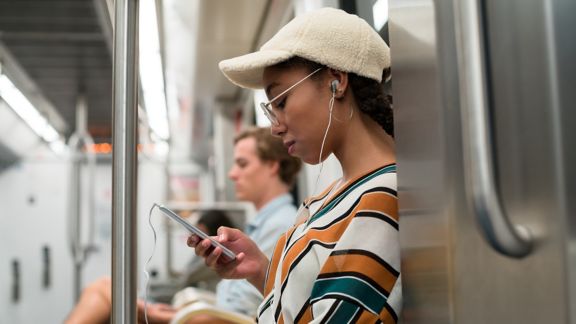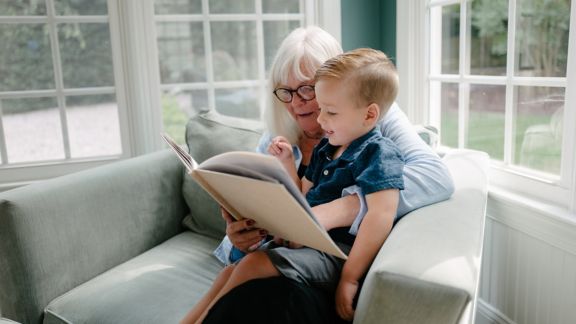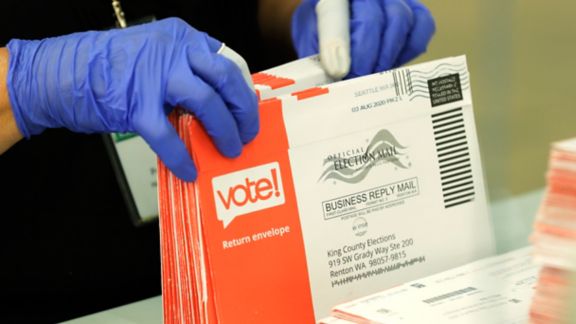Stronger Together: How Social Resources Influence Disaster Recovery Outcomes

Author
Vice President, Public Affairs & Media Research
Deputy Director, The Associated Press-NORC Center for Public Affairs Research
May 2025
Our investigation into why neighboring communities recovered so differently after Superstorm Sandy uncovered essential lessons for building disaster resilience in other parts of the country.
When Superstorm Sandy slammed into the Northeast in 2012, it left behind more than just physical destruction—it revealed a critical puzzle. Some communities bounced back within months while others, just a few miles away, struggled for years. Understanding why could help inform disaster preparedness and resilience in other parts of the country, including fire-prone parts of the West Coast.
With funding from The Rockefeller Foundation, my colleagues and I at The Associated Press-NORC Center for Public Affairs Research conducted a study two years after Superstorm Sandy that included a survey of 1,009 residents, focus groups, key informant interviews, systematic neighborhood observations, and analysis of administrative data in 12 neighborhood areas in New York and New Jersey affected by the disaster.
We found that while a community’s economic development and physical infrastructure were substantial factors in resilience after the storm, recovery rates of adjacent communities and neighborhoods with similar economic and structural resources often differed. The data revealed that social resources were critical to response and recovery efforts. Factors such as social network connectedness, social cohesion, trust, and community bonds facilitated social interaction and information exchange in the wake of the disaster.
In another study, we found that even those residents hardest hit by Sandy turned to friends, family, and neighbors as a major source of support. About a third of adults in the impacted region, 31 percent, said they reached out to nearby friends, family, and neighbors for assistance in the aftermath of the storm. Far fewer turned to the government or other formal sources of aid. Just 16 percent contacted the federal government, including the Federal Emergency Management Agency, and just 7 percent contacted their state government after the storm. Roughly one-fifth (19 percent) reached out to their insurance company for assistance.
In other words, friends and neighbors are the first line of defense in a disaster, and communities with a reservoir of social resources have better outcomes than those without one. Measuring a community’s social resources can be an important disaster preparedness tool for stakeholders trying to take a proactive approach to building resilient communities. A tight-knit community becomes an asset for recovery, rather than another thing that needs to be rebuilt from the ground up when disaster strikes.
Furthermore, social resources strengthen community resilience regardless of neighborhood socioeconomic status. Social resources can make neighborhoods with fewer financial resources more resilient, and an absence of social resources can make it more difficult for wealthier neighborhoods to recover from disasters.
For example, in Monmouth Beach, N.J., a small high-income community where 3,351 residents lived within one square mile and there was high social exchange, about half of the people reported their neighborhood was well prepared for a disaster. Contrast that to another high-income neighborhood, Babylon, N.Y., which had low social exchange, where only about one in 10 residents said their neighborhood was prepared. In Midland Beach, N.Y., a low-income community with a high level of social resources, residents were three times more likely to say their neighborhood was prepared for a disaster than residents of Long Branch, N.J., a low-income neighborhood with fewer social resources.
The results of our study suggest that social resources at the neighborhood level are vital for resilience. Regardless of the community’s economic status, neighborhoods with more social resources were viewed by their residents as more resilient—better prepared for and able to respond to the next disaster in whatever form it might take. This implies that economic resources can only go so far in shaping the immediate recovery to a disaster or in increasing the likelihood of effective rebuilding efforts.
The capacity of communities to come together for the common good is central to these findings. Building social connections in a community yields important benefits. Facilitating interaction, for instance, may stave off loneliness and social isolation in the short run but may, over time, lay the foundation for a community that is better equipped to sustain the physical and emotional challenges that accompany a disaster.
Investment in neighborhood-based institutions and programs that encourage engagement with neighbors—community centers, public art installations, block parties, Meals on Wheels—may be a cost-effective way to prepare a community to withstand damage and effectively rebuild the community.
In the aftermath of increasingly frequent natural disasters, from hurricanes on the East Coast to wildfires in California, resilience may hinge on community characteristics that emerge from social investments.
Main Takeaways
Community recovery from disaster is neither fast nor even. Even two years after the storm, self-reported recovery levels were generally high across the surveyed neighborhoods, but it was not universal. Many people still lived in neighborhoods where recovery had yet to happen, and some questioned whether it ever would.
Social resources in a neighborhood were strongly associated with how residents viewed the resilience of their neighborhood.
Social resources strengthened community resilience regardless of neighborhood socioeconomic status. Indeed, social resources made neighborhoods with fewer financial resources more resilient, and an absence of social resources made it more difficult for wealthier neighborhoods to recover from disasters.
Neighborhoods with healthier residents—both physical health and mental health—were more likely to be resilient.
Policy Implications
With the frequency and severity of natural disasters on the rise, understanding and increasing community resilience is a critically important issue for society. This study provides policymakers, emergency managers, and local leaders with insights on how social resources contribute to community resilience.
For California communities rebuilding after recent fires, investing in social connectedness may prove as vital as physical infrastructure improvements. The results demonstrate the need for policymakers to include social resources in their calculus as they build better policies, programs, and interventions to bolster community resilience.
The study also raises important questions about how to best accomplish this and the role of different sectors, including government, business, and nonprofits, in fostering social connectedness.
Suggested Citation
Benz, J. (2025, May 6). Harnessing the Power of Administrative Data in State Government. [Web blog post]. NORC at the University of Chicago. Retrieved from www.norc.org.







